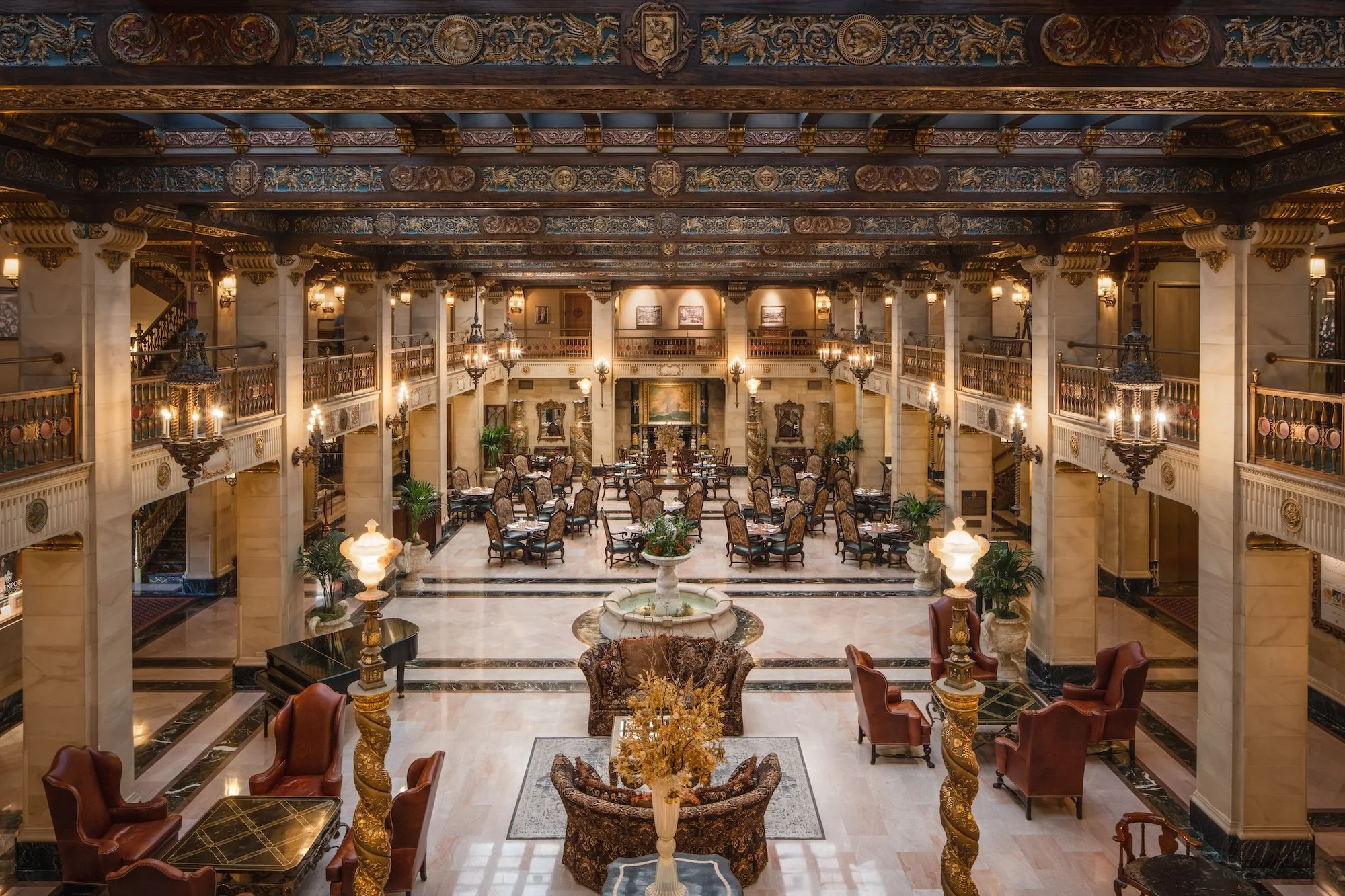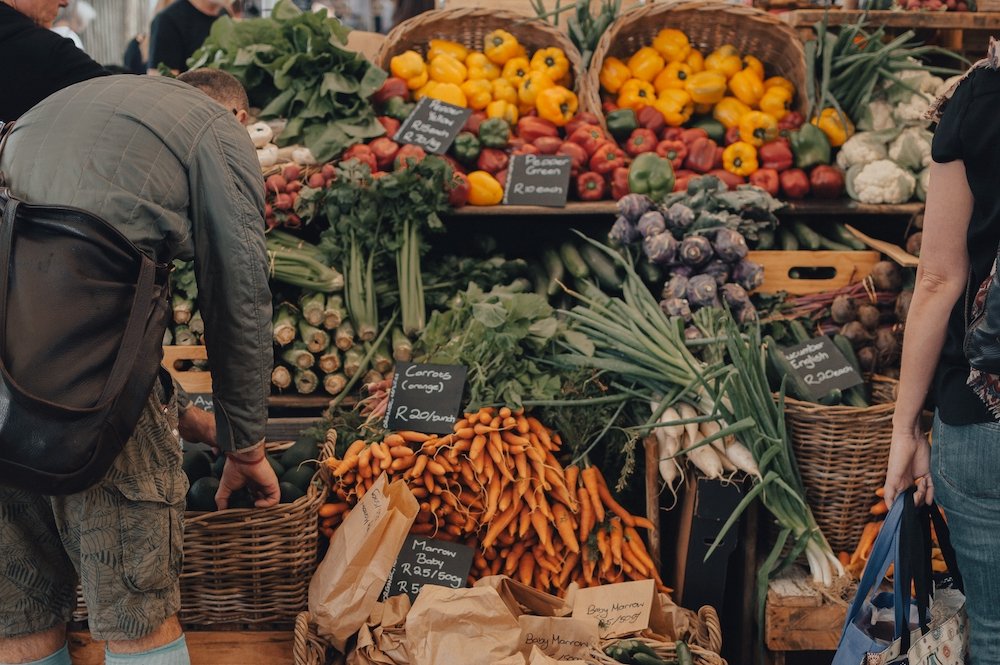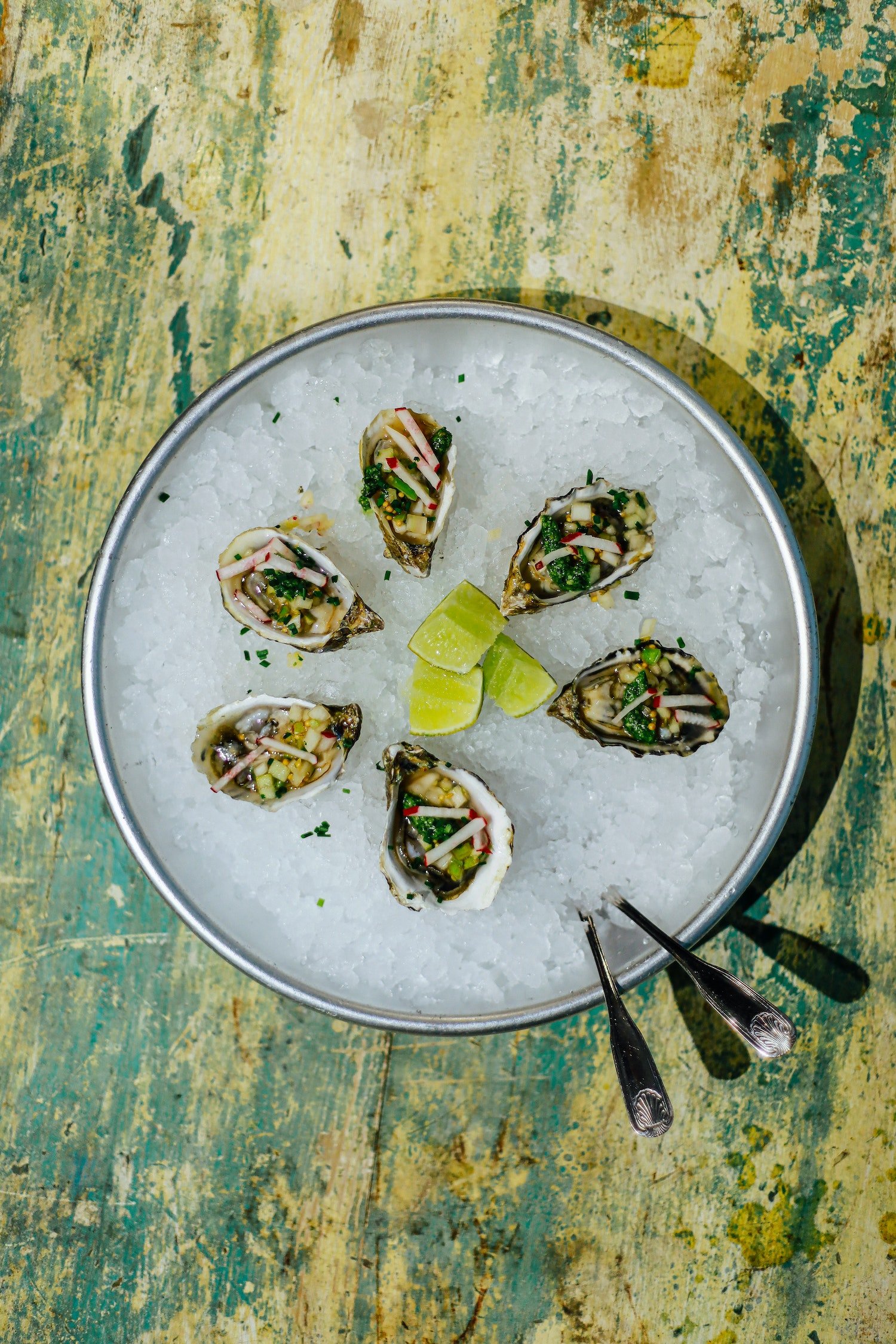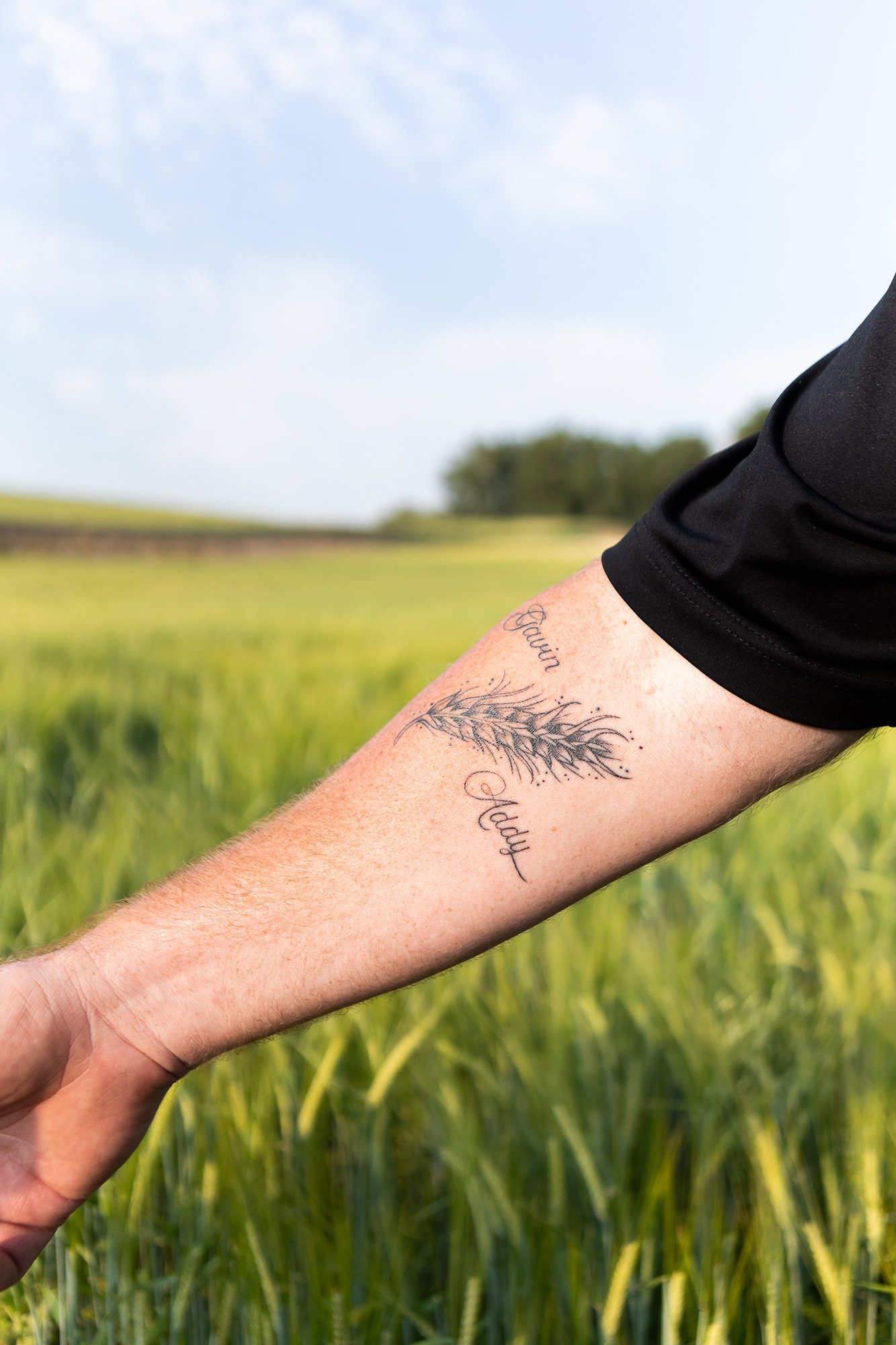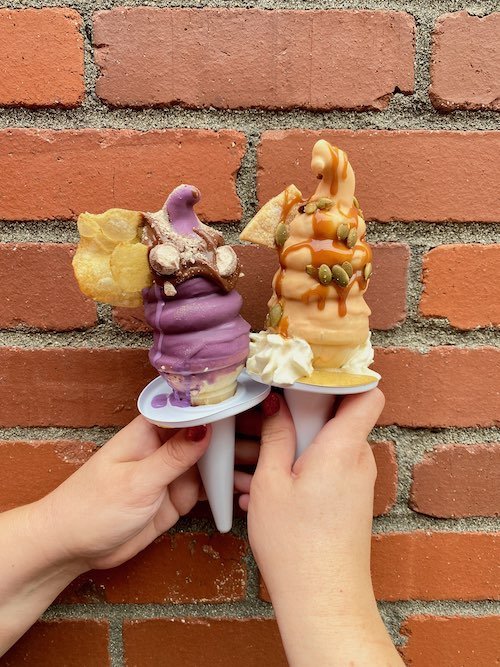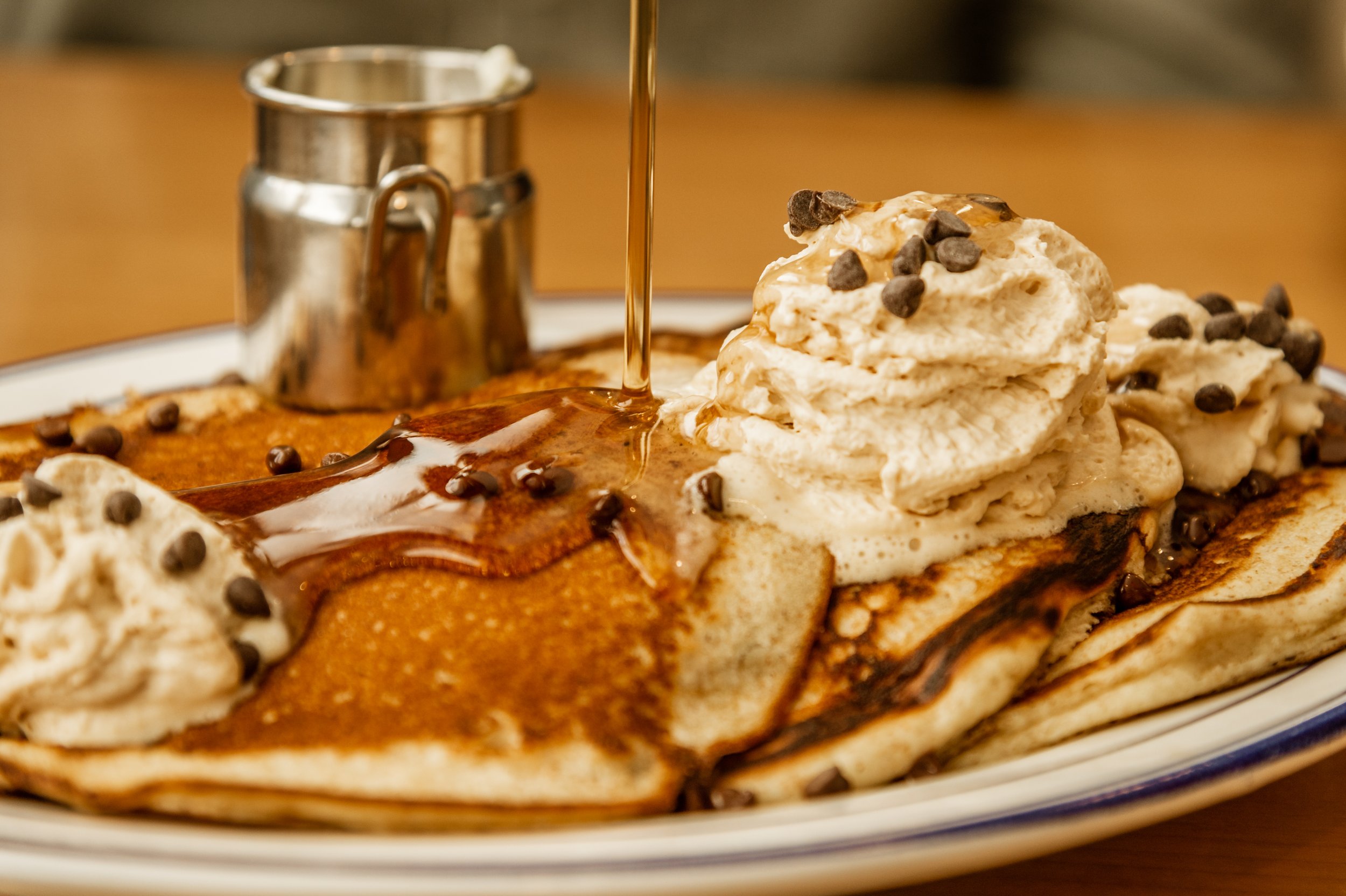Dining at Davenport’s: Origins of a Forgotten Restaurant
Dining at Davenport’s: Origins of a Forgotten Restaurant
BY CARA STRICKLAND
PHOTOS COURTESY OF THE DAVENPORT HOTEL GROUPS
If you were looking for a bite to eat in Spokane in the late 1800s, chances are you would wander down to Davenport’s. At that point, you wouldn’t have found a hotel by that name, but rather a grand restaurant. It would be easy to spot, since it was the only building in the mission style — stucco exterior, clay roof tiles and arches everywhere. In a sea of Spokane’s red brick, it stood out, just as it was intended to.
You never quite knew what you were going to find when you opened those doors. Louis Davenport, the proprietor, spared no expense to keep his restaurant interior beautifully decorated and the menu current, with as many as 100 items on it. He was more interested in gaining regulars than in large margins, so he kept his prices low while maintaining high culinary standards. The restaurant was so successful that it fed 5,000 people a day and did $400,000 in business a year, comparable to $11 million today, as Spokane boomed from the neighboring mines and railroads. As Henry Matthews, a professor of architecture history, wrote in his article about the creation of Louis’s empire in Washington State Historical Society’s Columbia magazine, “It was not enough to serve his customers with excellent food; he felt it his duty to transport them from the humdrum environment of everyday life into a dream world.”
That dreamworld kept expanding.
Louis arrived in Spokane as a 20-year-old in March of 1889 to work in his uncle’s restaurant, Pride of Spokane. If you know your history, you might be flipping the calendar ahead to August of that year, when Spokane experienced a devastating fire spanning 32 square blocks. One of those was home to Pride of Spokane. Even so, Louis got to work. He helped to clean up the rubble and begin reconstruction. Soon he had earned enough money for a waffle iron and a tent-like temporary structure. He called his new venture “Davenport’s Famous Waffle Foundry” and did a brisk business.
Reports differ a bit on what happened next. Some say his tent suffered another fire and he had to start over again; regardless, we know that Louis turned in his tent for brick and mortar and opened his restaurant in a building on the corner of Sprague and Post in 1890. He called it Davenport’s.
Though he started with just a small room, he put most of his profits right back into the business. Within a year he’d added another room and one more the year that followed. He worked with Kirtland Cutter, whose architecture is everywhere in Spokane from the Spokane Club to Glover Mansion, to turn an ordinary brick building into something exotic and glamorous. Many of these renovations came before Louis owned the space — risky business indeed for a renter — but only continued once he purchased the building and another one adjacent to it in 1903.
Still, he continued to expand. He and Cutter dreamed up the Hall of Doges, which debuted in 1904. It was designed in the style of the Doge’s Palace in Venice, Italy, and was unlike anything Spokane had seen before, with ornate decorations and arcades that opened to aisles for guests to sit at tables above the action on the dance floor below. Along with Davenport’s other grand spaces, it became the social epicenter of the city, specializing in hosting large meals for clubs and events.
With the help of Cutter, Louis turned a couple of ordinary brick buildings with a variety of businesses into a cohesive but diverse collection of spaces for dining, drinking and hosting large gatherings. The adjacent building he bought originally served as a boarding house, which he repurposed into the Pennington Hotel.
On top of the restaurant, Davenport placed a greenhouse to grow all the hothouse flowers for the restaurant (every restaurant photo bursts with flowers and foliage). Cutter later developed it into a rooftop cafe. Nearly every room had a unique style, from the Gothic Room, which was a small banquet room with a ceiling intended to resemble a Gothic fan vault, to the familiar-sounding Peacock Room, just off the main restaurant, which included a bold peacock feather motif. Nearby, there was a men’s bar called the Orange Bower, decorated with art deco details like pillars made to look like orange trees laden with fruit. Below the building, he added a wine cellar.
It’s fair to say that Davenport’s was already a successful institution by the time a group of Spokane businessmen started planning a luxury hotel next door. They wanted Louis to run it. Always a shrewd businessman, he ended up with some ownership. He and Cutter set to work on the plans for a dreamy space which would connect the new hotel with the existing Davenport’s, even as they remained separate entities.
Along with the new hotel came new areas to dine, including the grand Isabella Room, named for Queen Isabella of Spain. Davenport added a delicacy shop featuring light meals and fountain drinks, a coffee shop, the Chinese Buffet men’s bar and likely others now lost to history.
Even so, Davenport’s original restaurant, many remodels in, remained a popular place to dine. If you didn’t know the history, you’d think it had been originally planned to complement the hotel.
Though fine food and wine had been a part of Davenport’s success from the beginning, he had difficulty keeping an executive chef as the hotel got off the ground. He scouted Chef Edward Mathieu — a Frenchman who had trained with the legendary chef Auguste Escoffier — from San Francisco where he had been working for the Fairmont Hotel. Mathieu arrived in 1917 and quickly began managing a team that would serve 3,000 meals, 24-hours a day to four dining rooms.
At last, the streak was broken and Mathieu was chef at the Davenport for over 30 years.
By the 1920s, Davenport decided it was once again time for a remodel, this time for the original restaurant dining room. He got together with Cutter once again and created a room double in size, lined with columns and decorated in the Italian Renaissance style. At the entrance were two crystal columns filled with swimming exotic fish. The newly opened restaurant was renamed Italian Gardens.
In 1928, Louis bought out all the stockholders and owned the hotel along with the restaurant. Finally, his empire was complete. A paper advertisement from the Davenport Hotel circa 1929 offers a look into the unified whole. Guests could choose to have Thanksgiving dinner in the Isabella Room, Italian Gardens, Delicacy Shop, Coffee Shop, or Aladdin Fountain Room (the Orange Bower’s Persian transformation). On Thanksgiving night, you could toast marshmallows in the hotel lobby before tripping over to Italian Gardens for supper dancing. In Chef Mathieu’s book, Life of a Chef, Italian Gardens is mentioned as if it’s just another dining room — it’s likely that for him, it was.
Louis retired in 1945 and sold the hotel and restaurant. It was owned by many people and companies, none of whom did the buildings any favors. The restaurant and coffee shop eventually became eateries called Louis D’s and the Waffle Foundry in the 1970s, but though they may have been trying to pay tribute, they were of no relation to Davenport’s — the place one critic called the “finest thing of its kind in the country” in 1906.
When Walt and Karen Worthy purchased the block in 2000, they surveyed what was left of Louis’s vision. Davenport’s was gone, as was Italian Gardens, but one thing remained. Before demolition, they boxed and lifted the Hall of Doges, eventually placing it where it is today, just outside the Pennington Ballroom — another new addition with a nod to the past. When you walk through the halls and glance at the pictures, you’ll find snippets of events in the Hall of Doges that predate the hotel itself — events held at the restaurant that started it all. Look a little closer and you’ll find interior shots of Italian Gardens — a great reinvention of a place that took Spokane’s culinary scene by storm.
It’s a legacy hiding in plain sight.

